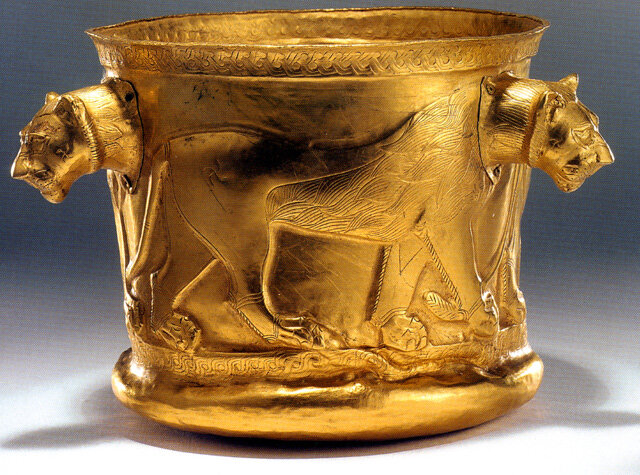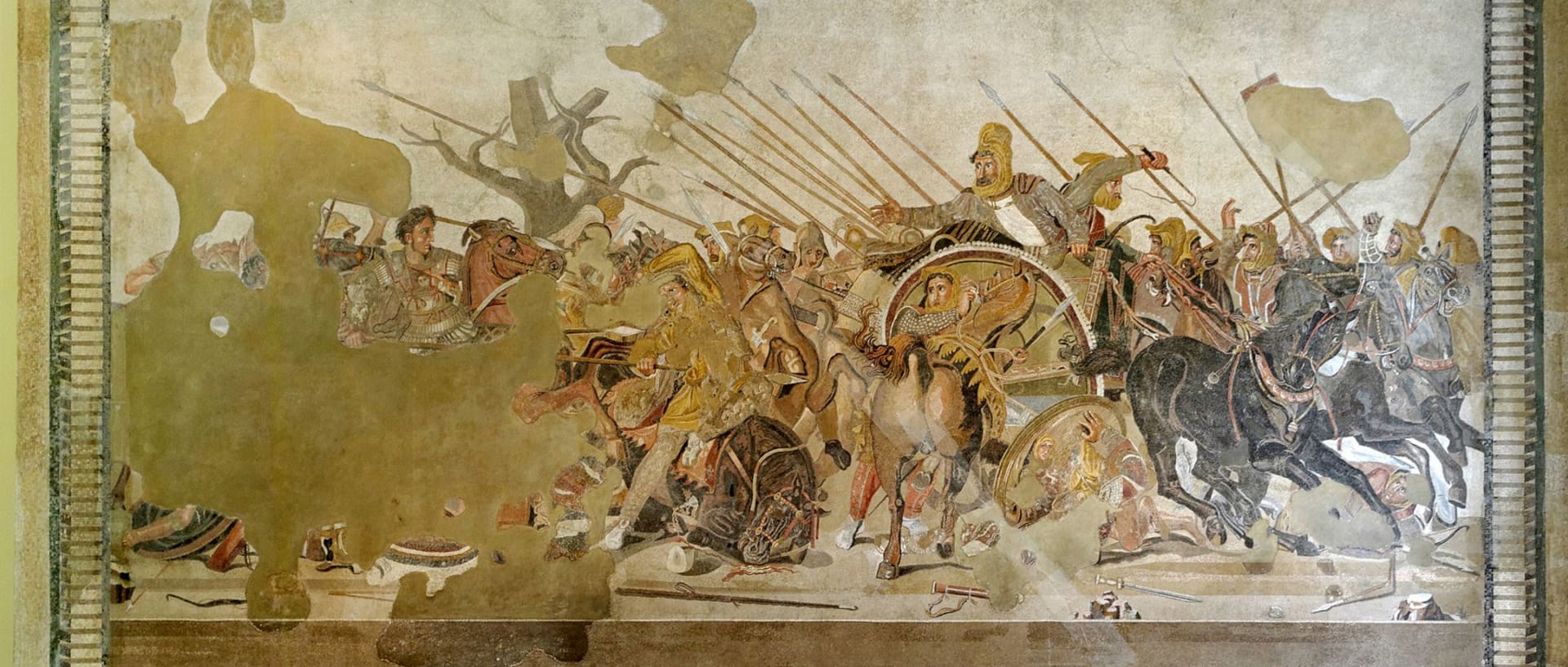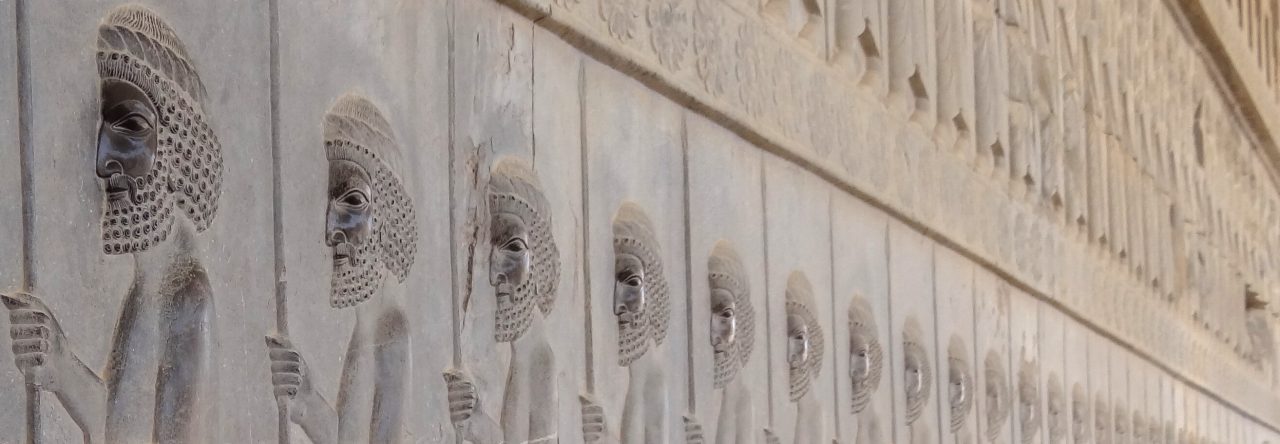Achaemenids
Interpol seizes cache of ancient Iranian artifacts in Europe
April 27, 2020 – Tehran Times

An uspecified European bank was renovating its safety deposit boxes only to find out that one of their clients had stored stolen Iranian artifacts in one of the old boxes. Artifacts ranged from the Achaemenid to Sassanid periods. They have since been repatriated to Iran.
We revealed how Achaemenids ruled Persia: Oriental Institute expert
October 5, 2019 – Tehran Times

A bit of a sensational headline, but good news. Over 1,000 of the Persepolis Archives tablet fragments have returned to Iran. Technically all 30,000 tablets were loaned to University of Chicago in the 1930s, and they’ve returned in waves over the decades as they were studied and as politics allowed. 300 are now on display the National Museum of Iran.
Italian Archaeologists To Partially Restore Persepolis
April 15, 2019 by Tehran Times

I am always skeptical when people start using the word “restore” around ancient sites. Often we don’t know what they looked like originally to do it right and end up damaging things by trying to remake them. However, this article seems to be talking about important preservation work, which is good. Perseoplis is a treasure trove and should be maintained.
The Story Of Esther And Netanyahu’s Attack On Iranian History
April 5, 2019 by Sina Toosi – Lobe Log

More political than a lot of my “in the news” stories, but I think it’s an important reminder to both be critical of sources and not let modern politics discolor history. Prime Minister Netanyahu tied the story of Esther (celebrated annually on Purim) to modern Iranian-Israeli hostilities. Esther tells how a Jewish queen (wife of the King of Kings) convinced the Persian King to stop a plot to kill the Jews; not how the Persians were anti-Semitic. Sadly, inaccurate propaganda like this is all too possible when modern Iran is making headlines.
Ancient Engraved Signatures Of Masons Found In Iran
February 27, 2019 – Radio Farda

Archaeologists uncovered these blocks with craftsmen’s marks in the ruins of Pasargadae. The blocks were probably originally meant for the royal palace there, but for went unused.
Archaeologists May Have Found 2,500-year-old Persian Military Base in Northern Israel
December 23, 2018 by Philippe Bohstrom – Haaretz

Archaeologists identified an Achaemenid era military encampment in Israel. Ancient sources suggest that Cambysses II used the area as a staging ground for his invasion of Egypt, leading to theories that this was the origin of the base.
Alexander and the Seleucids
Was Alexander the Great Pronounced Dead Prematurely?
February 5, 2019 by Jason Daley – Smithsonian

This one is on the morbid end of things. In the never ending quest to determine what killed Alexander, Dr. Katherine Hall has suggested Guillain-Barré Syndrome as one possibility. The disorder matches his symptoms and can trigger paralysis – meaning the Macedonian king may only have been paralyzed when he was pronounced dead.
Parthian Arsacids
Coronavirus: grave of Parthian warrior accidentally unearthed in Iran
April 29, 2020 – Tehran Times

Iran was hit very severely by the COVID-19 outbreak, even impacting archaeologist. Grave diggers in norther Iran uncovered a march older tomb while digging out a new burial for a COVID victim. The older tomb belonged to a Parthian warrior who was entombed with several possessions including jewelry, a bow, and what appears to have been a dagger.
Parthian-era citadel to undergo restoration
July 13, 2019 – Tehran Times

I’ve said that I’m kind of skeptical of restoring ancient buildings. In this case it sounds like there might not be much choice. A Parthian fort is getting new foundations after almost 2000 years to keep it standing. Not sure about the facade though.
Sassanid Persians
20 New Inscriptions Found in Iran’s Naqsh-e Rostam Necropolis
May 11, 2020 – Iran Front Page

It’s not often you get to follow a developing story in ancient history, but this one has been growing in interest and details for the first few weeks of May 2020. Approximately 20 new inscriptions written in Sassanid-era Middle Persian have been found at Naqsh-e Rostam. In addition to the Achaemenid royal necropolis, the mountainside is also home to several large Sassanid relief monuments. The short new inscriptions are believe to contain a variety of details from workers in the Sassanid prayer and some religious invocations, though several have been called “illegible.” As of this article, they are still awaiting publication.
All images are cover images from the linked articles in place of a more detailed link. Images correspond to link above.
